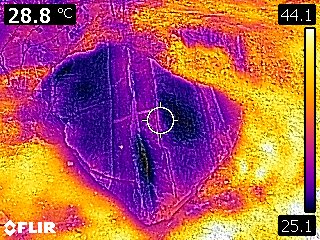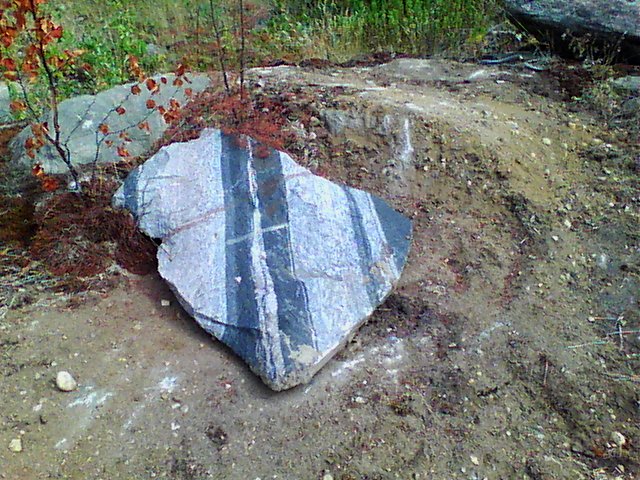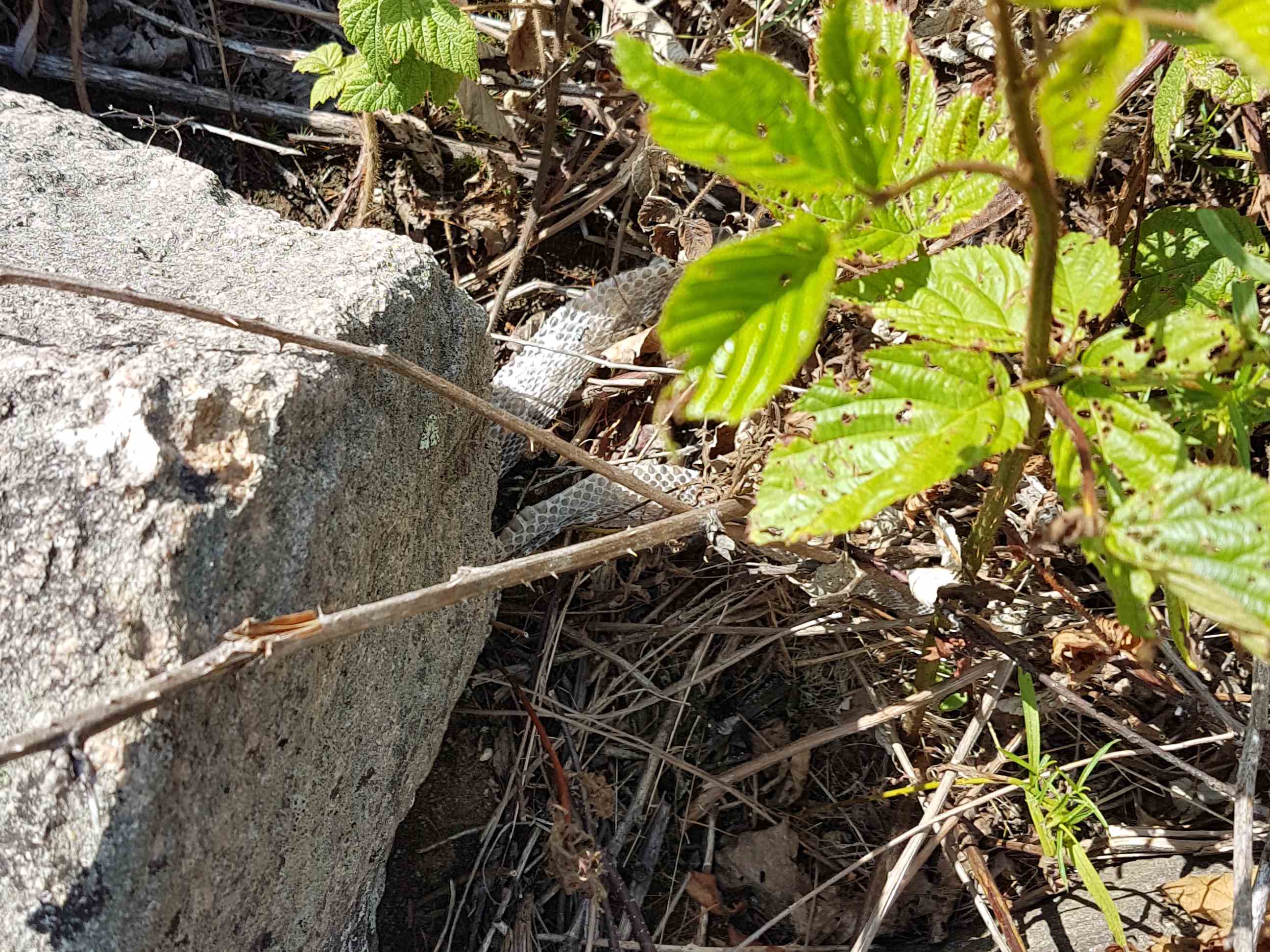The Eastern massasauga is the only venomous snake that calls Ontario it's home. There are distinct populations of this species but the largest population and most widespread is the Georgian Bay population. The massasauga is listed as a threatened species and is protected under the Endangered Species Act (2007). Any projects that may negatively impact this species or its habitat requires an Overall Benefit Permit issued under the Endangered Species Act. In a nutshell, Overall Benefit means that the proponent causing an impact to a protected species must then demonstrate and implement actions that would not only compensate for the negative impacts but actually leave the species in a better position than prior to the impact.
WHAT IS GESTATION HABITAT?
The massasauga is from a group of snakes that gives birth to live young rather than laying eggs. Gestation is the period of development during the carrying of an embryo up to the event of birth. For the massasauga, this period requires very specialized habitat and behaviour on behalf of the pregnant female. Gestation habitat in the Georgian Bay population tends to be rock barren areas with rock features known as "table" rocks. These "table" rocks are critical in maintaining the thermal qualities to ensure embryo development in the female. The rocks tend to be about a metre in area and about 10 to 20 centimetres thick with just enough space under them that the female can find refuge and have her body remain in contact with the rock above. This maintains her body temperature throughout the night using the rock as a solar energy storage feature. The female will seek out these areas in early summer and remain usually within one metre of the table rock until she gives birth in late August or early September.

WHAT WAS OUR PLAN?
The area where this project occurred seemed to have good quality habitat in ample supply with the possible exception of high quality gestation habitat. Our plan was to create 11 artificial gestation sites to increase the quality of this habitat and potentially boost recruitment for this species. The first 6 artificial gestation sites were constructed in June 2018. In order for snakes to successfully find and use these sites, we also built a series of rock and log cover features that would help snakes traverse open areas without being exposed to predators. We used digital thermal imaging to look at known gestation sites so we could "see" the thermal properties of succesful sites and we also used an endoscope to see what the space looked like under these rocks in order to mimic natural conditions at our created sites.


RESULTS
Less than one month after these features had been constructed, we had an adult massasauga use one of the features for a shedding site. A massasauga during the shedding process is particularly vulnerable to predators and requires a secure location and friction surfaces to aid in the shedding process. In 2019 we had another success at the site when we located an Eastern hog-nosed snake utilizing one of the cover features we had constructed at the site. This species is also classified as a threatened species and although the Overall Benefit was designed for massasauga it also benefits other reptile species. Then in August 2019 we detected an adult female massasauga using the gestation rock pictured above. We continued to monitor her for the next few weeks until we observed a brood of 9 newly born massasaugas on August 22, 2019! This was incredibly exciting for our staff given that although this had been attempted before, we were not aware if anybody had ever been successful with this type of habitat creation.

Eastern massasauga shed skin at created feature

Eastern hog-nosed snake at created cover feature
Success
To be sure how significant this event was, we reached out to experts in the field to try and confirm that this was the first documented success of created gestation habitat for the massasauga in the Georgian Bay population. We contacted Tianna Burke (Conservation Biologist) from the Georgian Bay Biosphere Reserve, "I don't know of any successful attempts either, That is fantastic to hear Rod, congrats!!!". We also reached out to Dr. Mike Waddington (McMaster University, Professor, Canada Research Chair), "Thanks for reaching out, congrats again on the constructed gestation site success". We also contacted Joe Crowley (Species at Risk Specialist Herpetology, Ontario Ministry of Environment, Conservation and Parks), " I can’t recall offhand if there have been any other projects in Ontario that have created gestation habitat for Massasaugas. Seems like a great project! That’s great to hear that you’ve had some success creating gestation habitat".

Adult female at created gestation site

Newly born massasaugas at the created site
What's Next?
Last month, table rocks were moved to 5 new artifical gestation sites. As soon as the snow is gone we will adjust these features to optimize their thermal properties and ensure the space under the rock is suitable for a gestating female and we hope to see additional success during the summer of 2020. We will keep you posted!